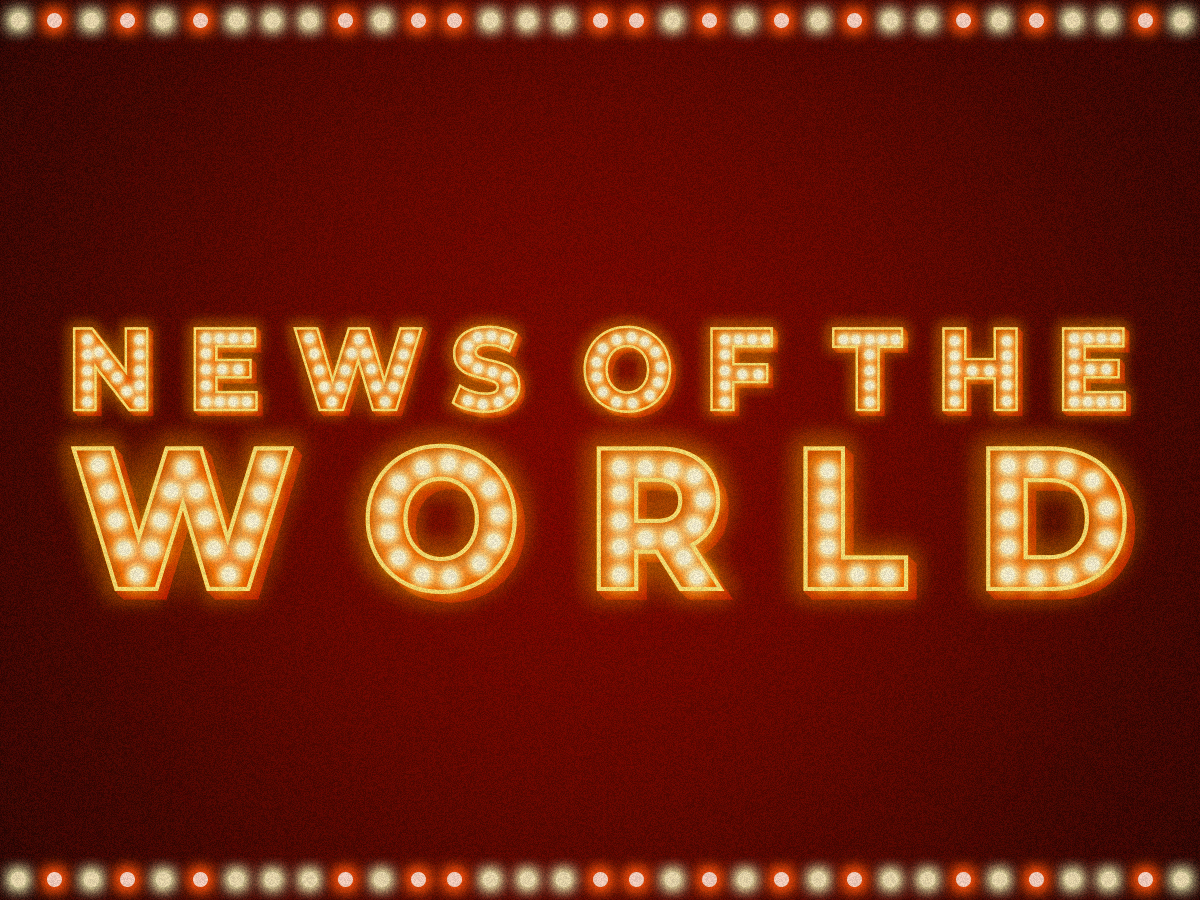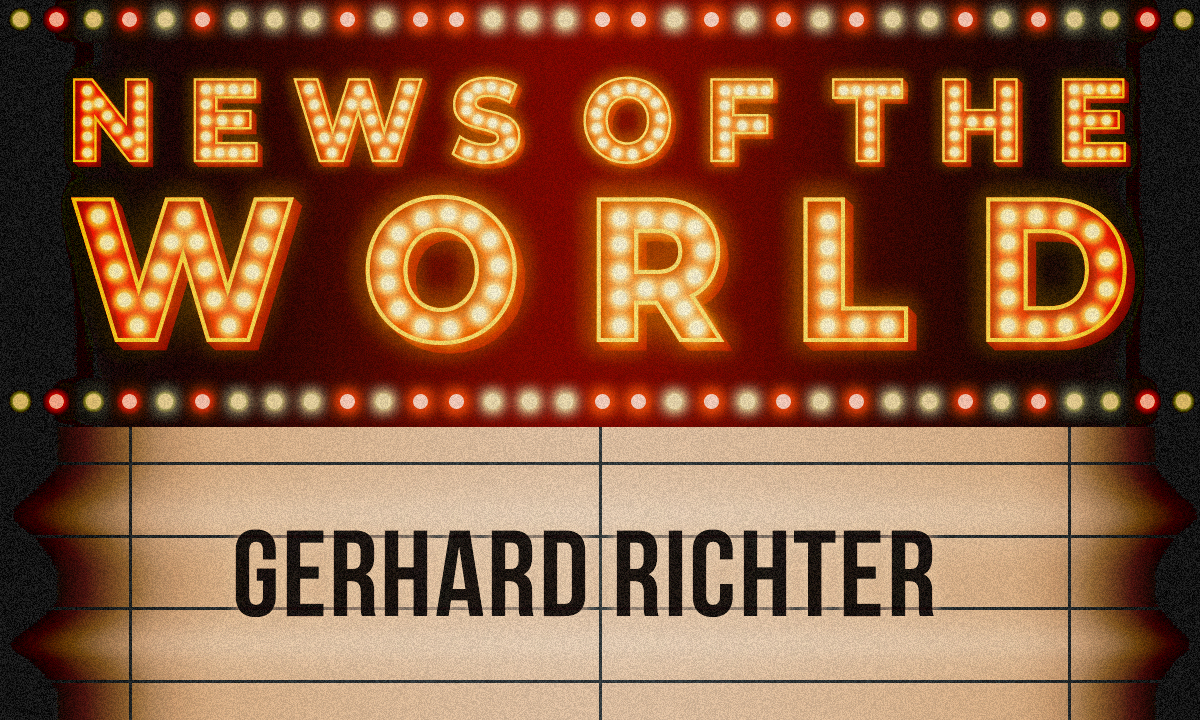
As part of the Louis Vuitton Foundation museum’s Hors-les-murs (or Beyond museum walls) project, a program designed to introduce its collection around the world, the ninth version of Gerhard Richter’s 4900 Colours was recently unveiled in Korea for the first time. The exhibition, being held in Espace Louis Vuitton Seoul, provides a meaningful opportunity to appreciate the works of Richter, who occupies a significant place in art history as a master of European contemporary art, in a building designed by contemporary architecture virtuoso Frank Gehry.
The unique presence of the Gehry-designed building resonates through the fourth floor where the exhibition is being held. The overwhelming sense of identity encourages people to experience the sentiment that fills the artwork in conjunction with the space, where natural light floods in from a window occupying one side of the exhibition hall. Richter arranged his 4900 Colours using a computer program to create a piece that feels as though its color spectrum had been plucked from light itself, and as such, it can be said that the work’s colors all carry equal weight due to the lack of intervention by human subjectivity. Richter said he was inspired during the production process by industrial paint color palettes, a process which he also made use of when he was commissioned to restore a stained-glass window at Cologne Cathedral. The mysteriously profound connection between stained glass—a recreation of the sacred—and paint color palettes is a fitting example of the way Richter approaches his work, which interweaves contemporary trends with the traditional. From the Middle Ages, light sources were called “lux,” the light emanating from them to brighten the surrounding space was referred to as “lumen,” and the sparkle of jewels was called “splendor,” all of which shows the interest in and various concepts surrounding light. To apply these labels to art: The stained glass provides people with an understanding of the compatibility between lux and the emotional lumen where the perceptible light on the colorful panel allows the lux to materialize as a more accessible splendor, whereupon the light’s essentials come together as one. Such work of Richter’s is judged as having continued to take on new challenges in the domain of fine art by conflating otherwise disparate aspects and amplifying the characteristics of each.
Richter cultivated his own unique style in a time when German neo-expressionism had a powerful hold on the art world. He launched his art career under East Germany’s socialist system, but was enamored enough with art to reject socialist realism and cross over to West Germany, where he began his life’s work in earnest. Once he encountered American pop art in this free society, the artist challenged the meaning and very essence of fine art, then shaken by the rise of photographic art, in a style of his own called the Richter “blur.” Fusing features of both painting and photography, the works, with their realistic images and contrast, are reminiscent of photographs, yet the erasure of all the subjects’ outlines results in works that more closely resemble paintings once again. These canvases, which capture images but whose removal of all contours places equal importance on all aspects of their subjects, gave way to the nonhierarchical colors Richter is known for today.
From the time of his youth, Richter constantly questioned the artistic gap between photography and painting, but has since shifted his focus to the minimal element of color. With color composing our world and being a part of everything we can perceive with our eyes, he attempts to represent hues equally and without order in his more recent works. As equality is the most important value we pursue in our society today, when we consider the concept in conjunction with Richter’s art, we are able to approach his work in a more meaningful way. At the same time, Richter didn’t neglect to request that audiences appreciate 4900 Colours based on each of their own point of view. With that perspective in mind, we can discover where this society is headed while coexisting with and embracing everyone’s individuality.
-
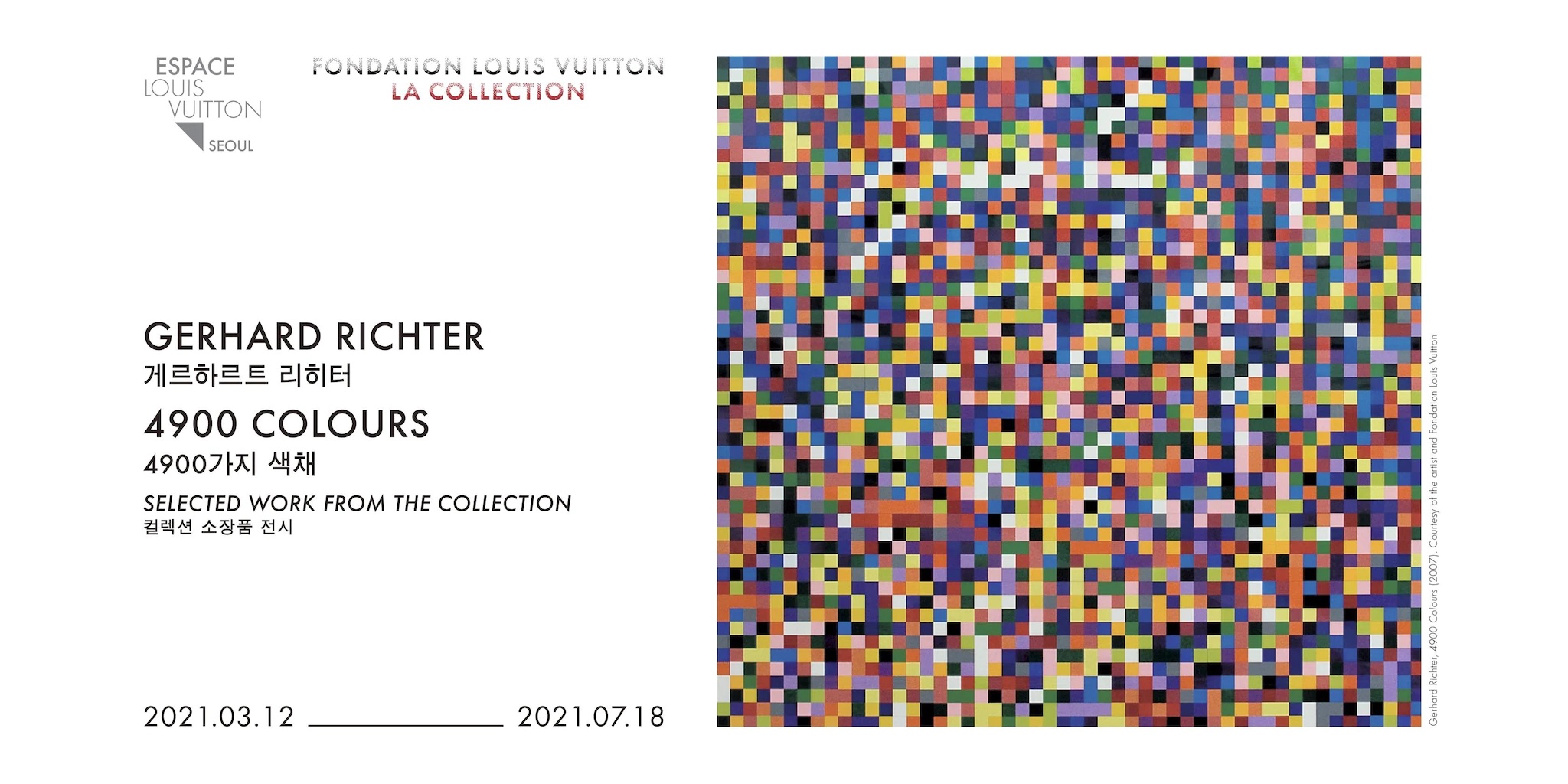 ©️ Espace Louis Vuitton Seoul
©️ Espace Louis Vuitton Seoul
TRIVIA
German neo-expressionism
An art movement rooted in nationality in post-World War II Germany that unfolded in the 1970s and ’80s. It was a leading influence on global trends surrounding expressionism, paying attention to content as opposed to form. Breaking away from the view of art as a tool of replication, it had its basis in expressionist traditions while pursuing the form as a means of expression to cast light on the human condition. Major artists include Georg Baselitz, Anselm Kiefer and Jörg Immendorff.
Unauthorized reproduction and distribution prohibited.
- [NoW] A party for Andy Warhol2021.04.09
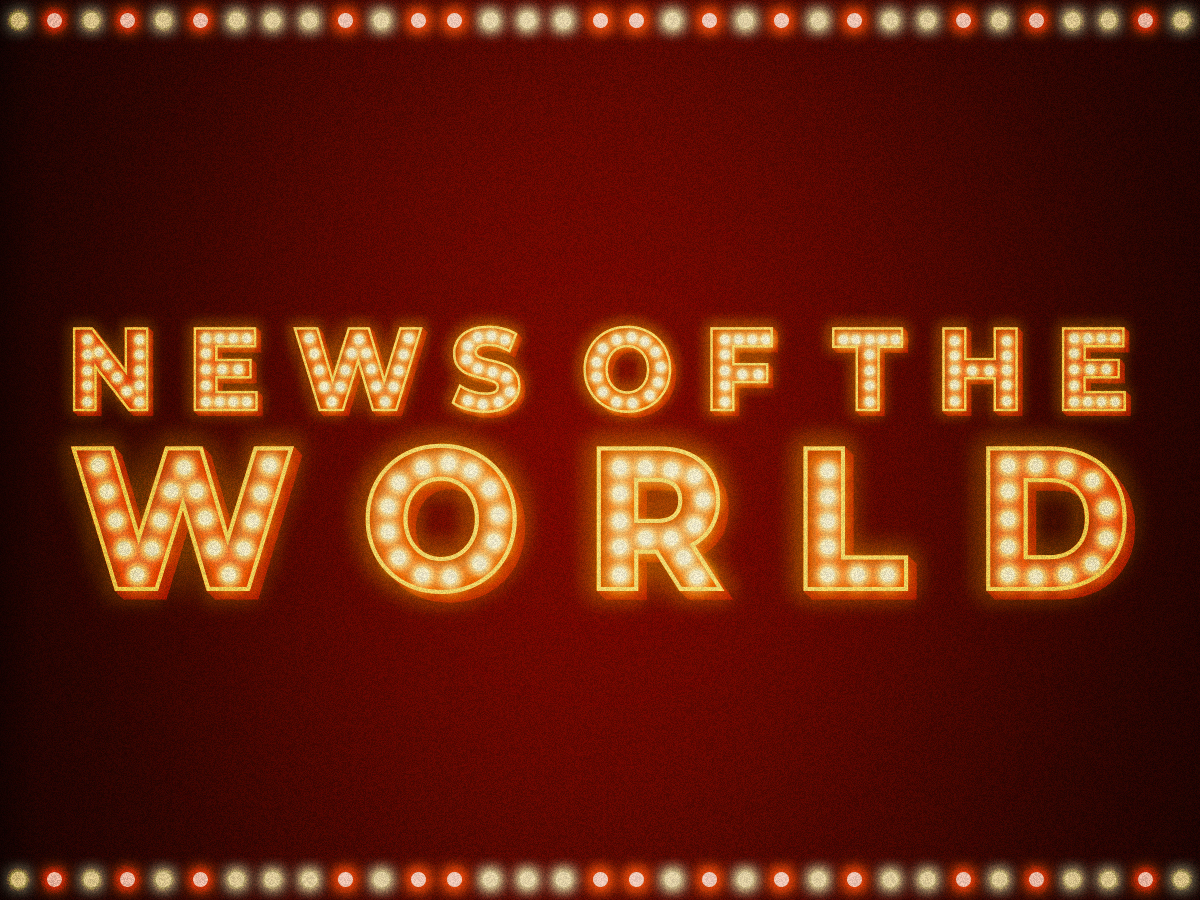
- [NoW] Lee Bul : Beginning2021.05.07
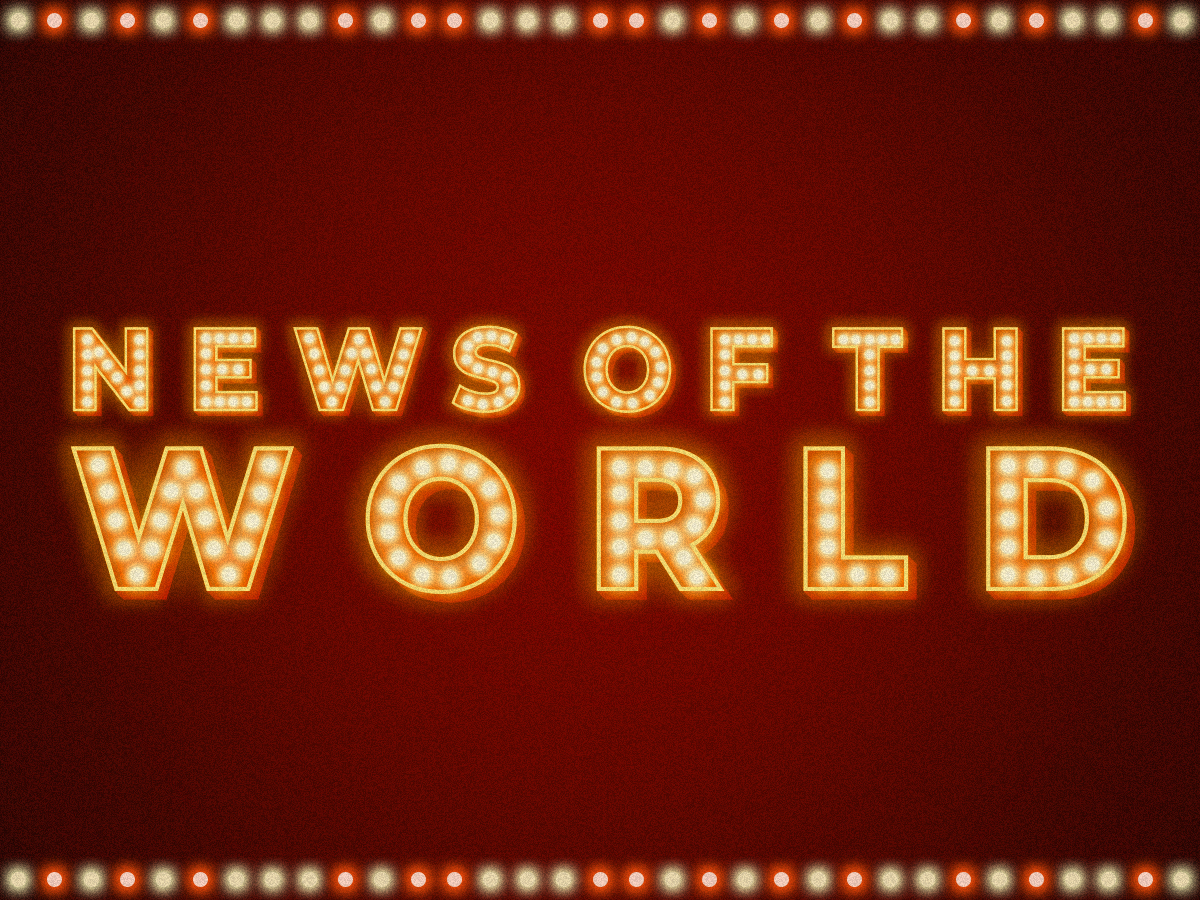
- [NoW] Picasso’s Eternal Passion2021.06.04
